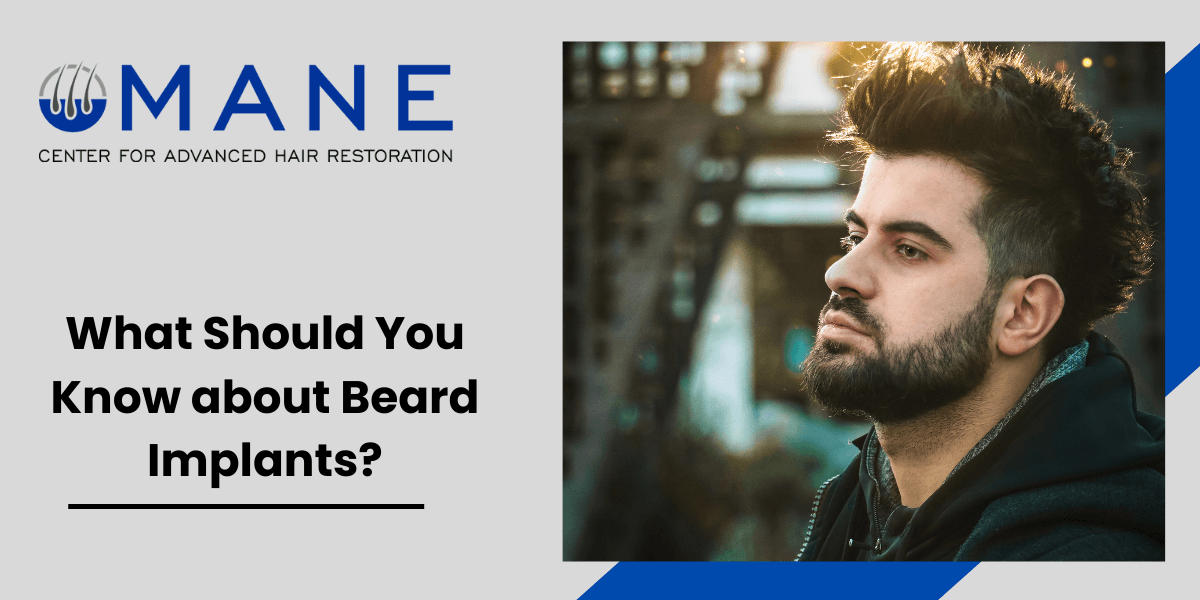


It might not be possible for all to easily grow a full beard, but you don’t need to lose hope just yet! Advancements in cosmetic procedures have made beard implants an amazing way of growing a beard for those who struggle to grow it naturally. This article discusses the beard implant procedure in detail.
Beard implants are done by transplanting hair follicles. Usually, beard implants may require between 2,000 to 5,000 follicular units to be grafted into the jawline. The procedures are straightforward and can guarantee a full beard. Presently, there are two common beard implant procedures:
The entire process involves the following steps:
See Also: Unwanted Facial Hair: Causes, Treatments, and Most Frequently Asked Questions
Any candidate with healthy hair follicles is suited for a beard implant. Since hair follicles are generally collected from the back of the head, individuals with a receding hairline can also opt for the procedure. Before starting the process, the surgeon will likely examine your scalp for any irregularities or to determine if there are sufficient follicular units. If your head doesn’t have sufficient hair follicles for the procedure, the surgeon may recommend alternative methods.
You have a higher success rate with hair implants that ensures a full, healthy beard develops within 8 to 9 months of the procedure. The process has grown widely popular due to its low failure rate. To ensure the maximum chances of developing a healthy beard through implants, it’s wise to opt for an experienced hair restoration surgeon to perform the procedure.
Are you wondering if beard transplants are safe? You have nothing to worry about! The beard implant process usually has negligible hair transplant side effects. These might include:
However, you can avoid several of these side effects with proper precautions. Avoiding washing, touching, and rubbing the face for the days following the procedure or exposure to direct sunlight helps negate these side effects. See Also: 8 Frequently Asked Questions about Beard Transplants
As they are cosmetic procedures, the beard transplant cost can vary. Depending on the number of grafts used, the procedure can cost you up to $15,000. Partial implants can cost between $3,000 to $7,000.
If you are searching “beard implants” online, contact us for your complimentary beard hair restoration consultation at MANE Center for Advanced Hair Restoration, and we can develop your personalized beard restoration plan for you today!